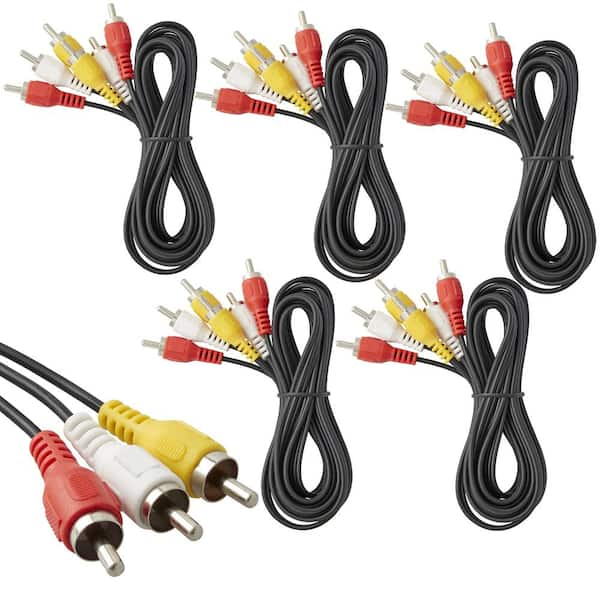Revolutionizing Transmission through Cutting-edge Sound over IP Solutions for a Integrated Future
Revolutionizing Transmission through Cutting-edge Sound over IP Solutions for a Integrated Future
Blog Article
The world of broadcasting is undergoing a significant transformation due to cutting-edge audio via IP (AoIP) solutions. Such developments are changing the way audio programming is produced, delivered, and consumed. Audio over IP refers to the method of transmitting audio signals over a computer network, utilizing Internet Protocol (IP) rather than conventional analog techniques. This transition not only improves the standard of audio delivery but also offers media professionals with more freedom and authority over their content.
One major advantage of audio over IP systems is its capability to link multiple devices and technologies efficiently. Traditional broadcasting often relied on complex cabling and physical links, which could be burdensome and restrictive. With AoIP, broadcasters can readily interface microphones, mixers, and other devices through a shared infrastructure. This integration allows for off-site broadcasting and live transmissions from almost any place, making it simpler to connect with audiences across the globe. As a result, broadcasters can react quickly to ongoing issues and audience demands, leading to more dynamic and captivating programs.
Moreover, AoIP systems supports high-quality audio formats that enhance the listening encounter. Unlike traditional broadcasting methods, which may compromise sound standards, audio over IP can preserve the integrity of the audio stream throughout the transmission procedure. This implies that audiences can enjoy clearer and richer sound, whether they are tuning in via radio, broadcasting online, or using mobile devices. The capability to provide high-fidelity audio is especially important for music and discussion programs, where every nuance matters to the audience.
Moreover, the adoption of audio over IP systems can lead to cost savings for media companies. By using existing network infrastructure, companies can eliminate the need for expensive hardware and large-scale cabling. This not only lowers upfront costs but also lowers operational costs over time. Broadcasters can distribute resources more effectively, investing in content creation and human resources growth. As a result, the entire media industry can gain from increased creativity and inventiveness, as funds are reallocated toward improving programming and engaging with audiences.
In conclusion, the shift towards commercial interactive media solutions audio over IP technologies is changing the broadcasting landscape. By enabling smooth links, enhancing audio standards, and reducing costs, AoIP is paving the way for a better connected future in media. As media organizations continue to adjust to these changes, they will be better equipped to satisfy the demands of their audiences, create captivating programs, and stay competitive in an constantly changing industry. The future of broadcasting is bright, and audio over IP will take a key role in shaping how we experience audio programming in the future to follow.